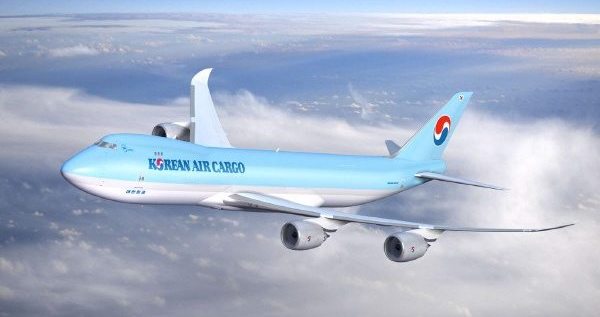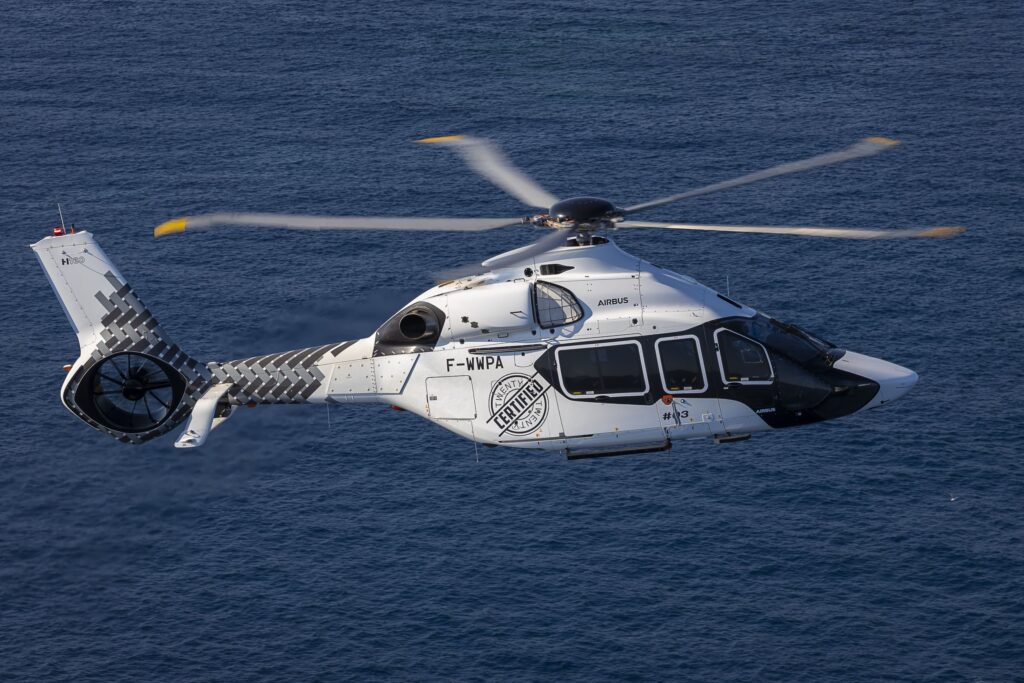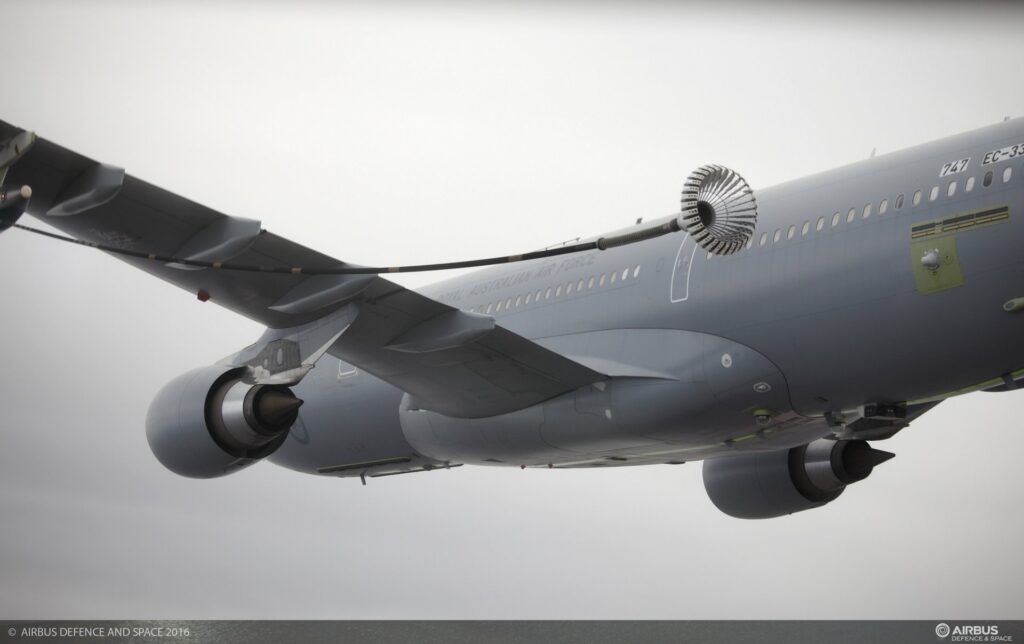Freighters To The Rescue: Korean Air Posts Q2 Profit
Korean Air leveraged its cargo operation to turn a profit in the second quarter when nearly every other passenger airline has reported enormous losses after COVID-19 travel restrictions brought most flight operations to a standstill. …



